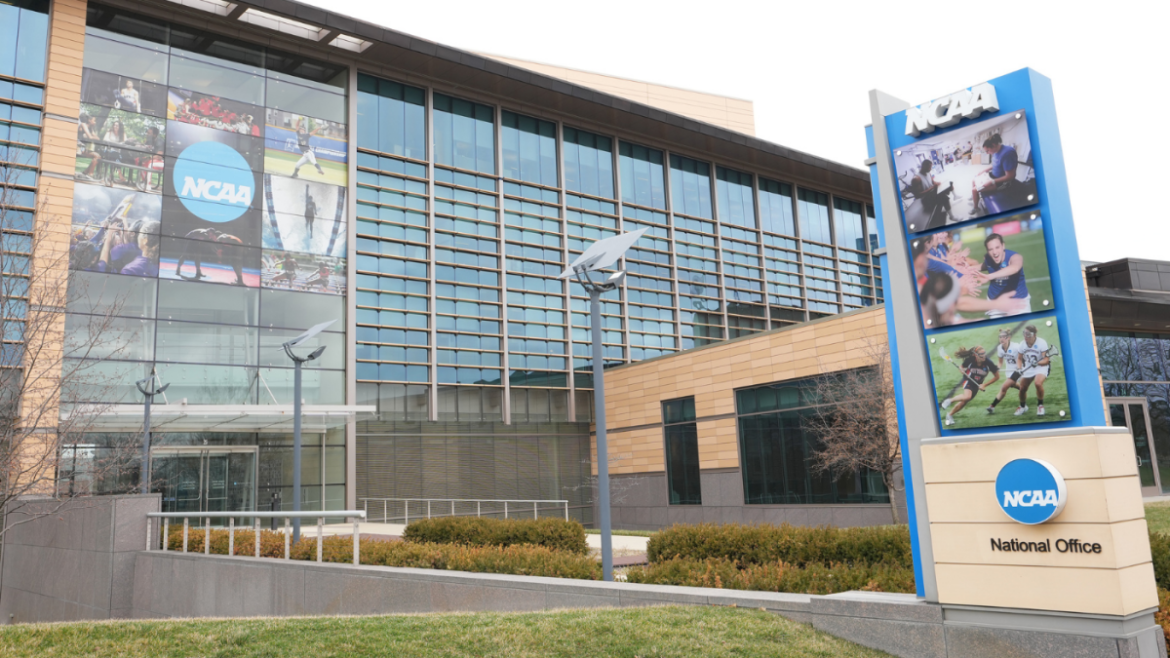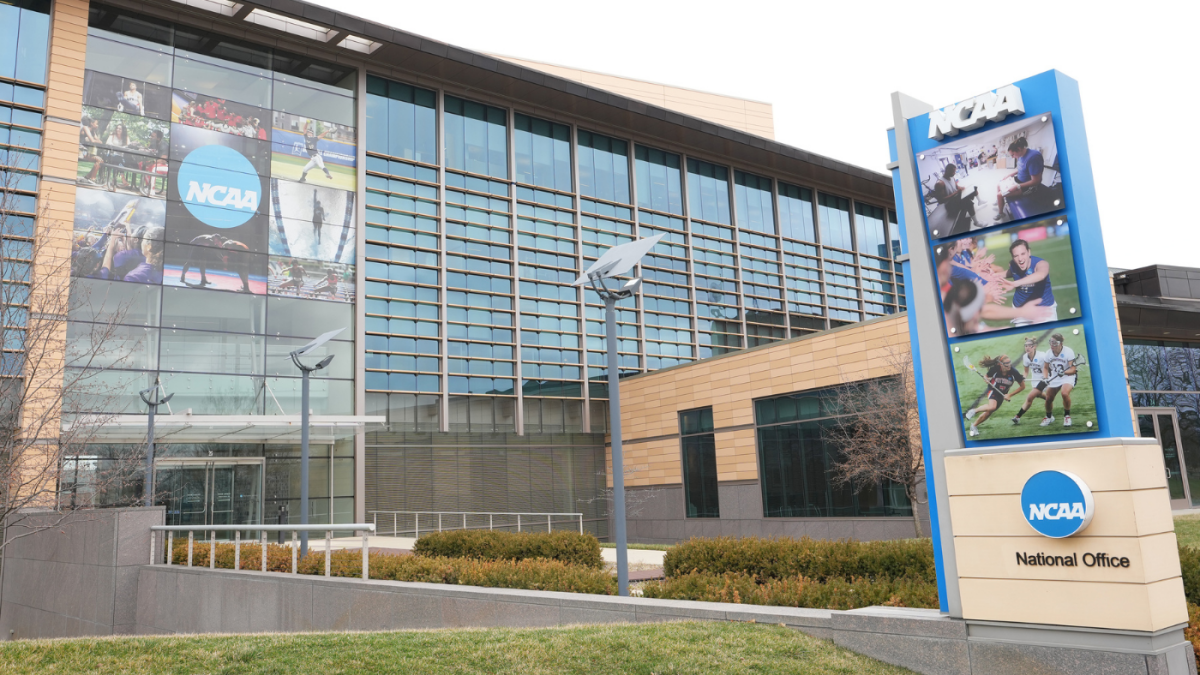The House v. NCAA Settlement: A Transformative Shift in College Sports Enforcement and Compensation
The ongoing House v. NCAA settlement represents one of the most monumental upheavals in the governance, financial structure, and enforcement mechanisms of college athletics in U.S. history. This sweeping legal resolution promises radical changes—from dismantling longstanding NCAA authority in rule enforcement to introducing direct revenue sharing with student-athletes. Examining the details and implications of this settlement reveals a comprehensive reimagining of college sports for the 21st century.
Reconfiguring Enforcement: The Rise of a New CEO and Oversight Entity
A core component of the proposed settlement is the NCAA relinquishing its traditional enforcement authority. Historically, the NCAA has policed compliance, handed down punishments for violations, and controlled eligibility rules for athletes. Under the settlement terms, this enforcement role will transfer to a newly established organization—often referred to as the College Sports Commission—led by a CEO with unprecedented disciplinary authority.
This CEO and their enforcement team, functioning similarly to a professional sports commissioner model (such as the NFL’s Roger Goodell), will independently adjudicate infractions, impose sanctions, and oversee investigations. They will operate with investigative and legal staff, signaling a shift toward a more centralized yet possibly more transparent enforcement paradigm. Notably, power conferences are playing a significant role in developing and shaping this new enforcement framework, highlighting the evolving balance of power between conferences, schools, and the erstwhile NCAA.
The enforcement transition anticipates increased professionalism and consistency in rule application but raises questions about checks and balances and how punitive measures will be calibrated across diverse institutions. This structural change acknowledges the complexities of modern college sports, especially regarding athlete compensation and compliance nuances.
Revenue Sharing and Athlete Compensation: Dismantling the Amateurism Model
Perhaps the most transformative aspect of the settlement is its effect on athlete compensation. The age-old collegiate model of amateurism—where athletes received no direct financial benefit beyond scholarships—is effectively ending. The settlement introduces a revenue-sharing framework allowing schools to pay athletes directly, with estimated distributions amounting to approximately $20.5 million in the 2025-26 academic year.
The settlement envisions a clearinghouse system, reportedly to be run by a global auditing firm like Deloitte, to manage athlete Name, Image, and Likeness (NIL) transactions and revenue distributions efficiently and transparently. By setting up this infrastructure, the settlement addresses longstanding NIL controversies, providing athletes with new avenues to monetize their athletic brands beyond traditional endorsement deals.
Furthermore, this arrangement signals the entry of private equity and broader corporate investment into college sports, expanding the economic ecosystem around collegiate athletics. While this could generate substantial financial growth opportunities, it simultaneously raises concerns about maintaining academic integrity, athlete welfare, and equitable distribution of revenue.
Legal Challenges and Judicial Oversight: The Role of Judge Claudia Wilken
Federal Judge Claudia Wilken, who oversees the House v. NCAA case, has played a crucial role in shaping and scrutinizing the settlement. Wilken’s judicial stewardship includes ensuring that the settlement’s provisions satisfy legal rigor and fairness, particularly concerning roster limits and eligibility rules.
The judge has delayed final approval to allow modifications addressing concerns such as school roster sizes and the potential impact on current athletes’ opportunities. This judicial caution underscores the complexity of balancing reforms with the practical realities for student-athletes and institutions.
Moreover, critics and some athletes have lodged objections highlighting uncertainties about legal limbo for athletes during the transition and potential unintended consequences. Nonetheless, class counsel defending the settlement maintain that these objections fail to sufficiently undermine the settlement’s broad benefits.
The Broader Impact: Altering College Sports’ Culture and Governance
The House settlement’s ripple effects extend beyond enforcement and payments. The involvement of power conferences in enforcement roles and contract negotiations signals a decentralization of NCAA authority, potentially leading to a more conference-driven governance model.
The imminent CEO and enforcement body will shepherd college sports into a quasi-professional phase, challenging traditional norms about amateurism, athlete identity, and educational priorities. By formalizing revenue sharing and dismantling strict eligibility barriers to receiving compensation, the settlement fosters a marketplace environment where talent valuation aligns more closely with professional sports principles.
However, this shift also introduces new dynamics: increased commercialization, heightened legal and ethical scrutiny, and the need for diligent oversight to safeguard student-athlete welfare. Universities will need adaptable compliance strategies and transparent financial controls to navigate this new terrain effectively.
Looking Ahead: Implementation and Unanswered Questions
Pending Judge Wilken’s final approval anticipated around early April 2025, the settlement’s provisions are slated for implementation with the 2025-26 academic year. This timeline demands rapid organizational development: hiring the CEO, establishing enforcement teams, constructing the NIL clearinghouse, and operationalizing revenue sharing agreements.
Despite the settlement’s groundbreaking nature, significant questions remain about long-term governance structures, dispute resolution mechanisms, impact on recruiting and competitive balance, and how smaller or less wealthy programs will fare in this revamped ecosystem.
Moreover, legislative efforts, including proposed antitrust protections for NCAA and related entities, continue to evolve in response to this shifting landscape, reflecting the broader societal and political interest in the future of collegiate sports.
Conclusion: A Landmark Turning Point for College Athletics
The House v. NCAA settlement marks a watershed moment in college sports, fundamentally reshaping enforcement authority and athlete compensation. By establishing a new CEO-led enforcement organization and enabling substantial revenue sharing with players, the settlement eradicates the NCAA’s traditional monopoly over both rule enforcement and the definition of amateurism.
This transition embodies a professionalization of college athletics, aligning governance and financial practices more closely with market realities while attempting to balance athlete rights and institutional interests. Although legal and logistical challenges remain, the settlement sets in motion an irrevocable transformation that will redefine the collegiate sports landscape for years to come. The ongoing judicial review and stakeholder engagement will determine how the promise of fairer, more transparent, and economically equitable college sports unfolds in practice.





